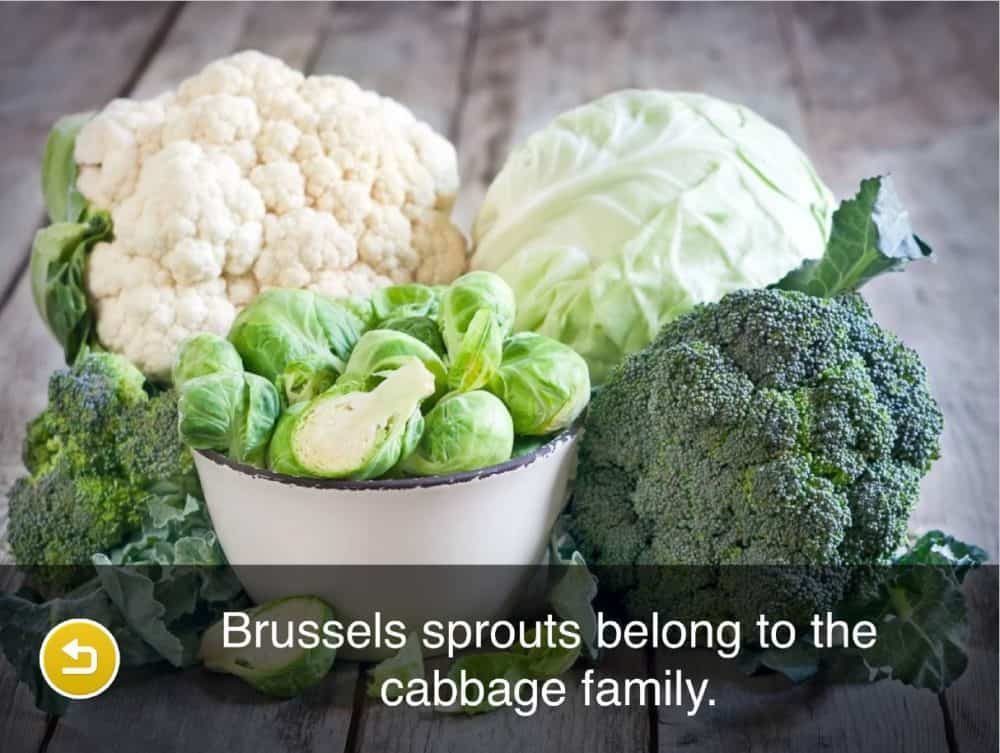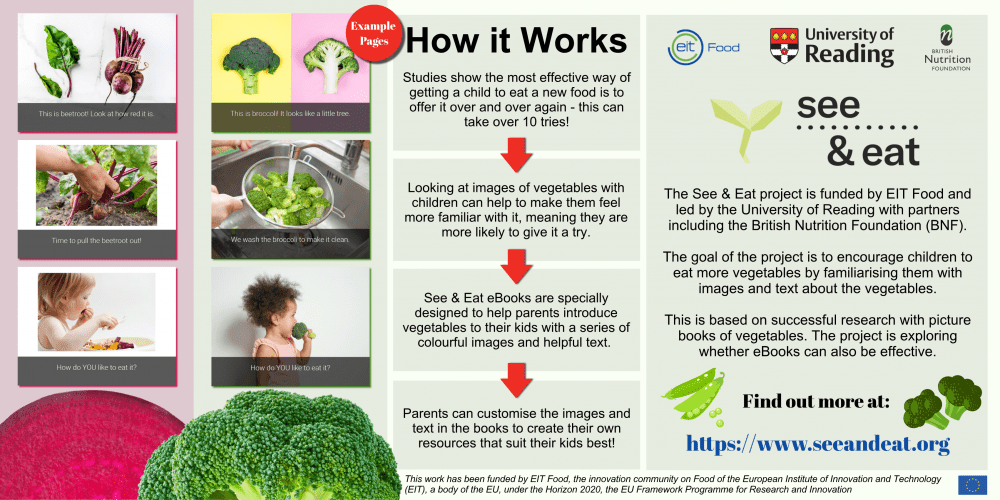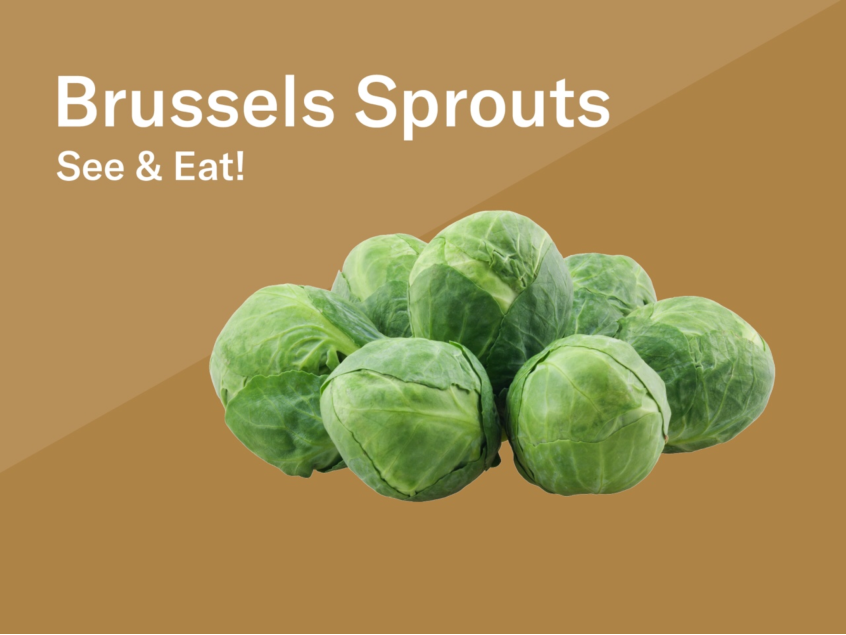AD | Featured
Every parent dreads a battle at mealtime – food being thrown or pushed away and young children not eating everything on their plate, and this can be particularly troublesome when trying to get your children to eat vegetables. All parents want their children to get the best start in life and at the British Nutrition Foundation, we emphasise that getting them to eat and enjoy their veggies is an important part of this process. But why are vegetables so important and what can we do to motivate our children to eat them?
Getting 5 a day
Nutritionists already know that most UK adults aren’t achieving their 5 a day and there’s a worry that children aren’t getting enough either. It’s well known that eating habits that start in childhood can translate into later life, so it’s important to encourage healthy habits from day one. Most children will be keener to eat fruits than they are vegetables (due to their sweetness) – but fruit alone isn’t enough. Having a wide variety of both fruits and vegetables is the best way to make sure that children consume all of the nutrients they need.

Why do kids reject vegetables?
Vegetables provide growing children with important vitamins, minerals and other nutrients such as fibre, but their often-bitter taste and lack of sweetness means that they are regularly rejected when they are offered up. Not only that, but young children have a natural tendency to be wary of new foods on their plate.
The importance of food familiarity
Scientists have identified the best ways to get children to accept and even enjoy vegetables; the key being to try, try and try again. Studies have shown that it can take 10 or more times of a young child being given a vegetable before they will eventually accept it. But wait a minute… that’s still a lot of meals with wasted food and unhappy children to go through first!

Resources to help
Taking on board frustrations and concerns of parents, researchers from the University of Reading, funded by the European Institute of Innovation & Technology (EIT Food) and in partnership with the British Nutrition Foundation (BNF), have been working on an exciting new project that is designed to help children see and understand more about a vegetable before they are asked to eat it. The theory is that, simply by seeing and learning about vegetables, children are less wary when they are presented with it for real and will more easily accept it into their diet.
eBooks for learning
The team at Reading has already made physical books that showed promising results when used in studies. Parents who were given the books said that their children were more likely to accept vegetables at mealtimes – what a relief!
Now the team has translated these books into eBooks that parents can access on tablets and mobile devices at home. They can also customise the text and pictures to help their children learn in a way that suits them best. The growing library of over 20 eBooks are available in six languages, including Italian, Dutch, Finnish, French and Polish (as well as English).

Not only that, but there are other games and activities for your young ones to enjoy – from arts and craft to flashcards and memory games. There’s even the Mole’s Veggie Adventure app where kids can learn even more about the vegetables available in each season. To find out more about this exciting new project and to download the eBooks for yourself, head to the See & Eat website.






























